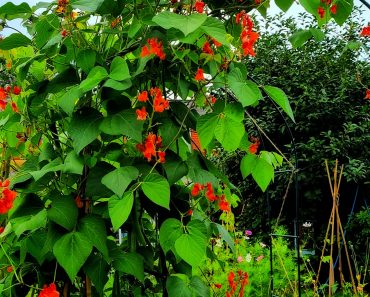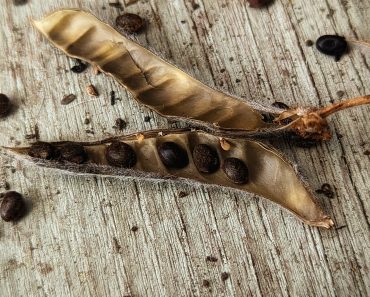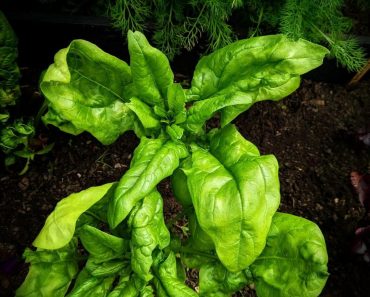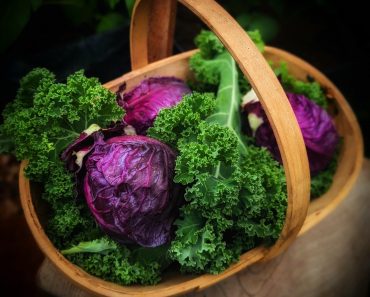Ding-a-ling, Ding-a-ling…the sound I make every time I tap these dreamy little violet bells! How gorgeous Is Cerinthe though?! These hardy annual Bells are incredibly beautiful, bee magnets and make a wonderful cut flower to boot! Here’s how I grow mine…
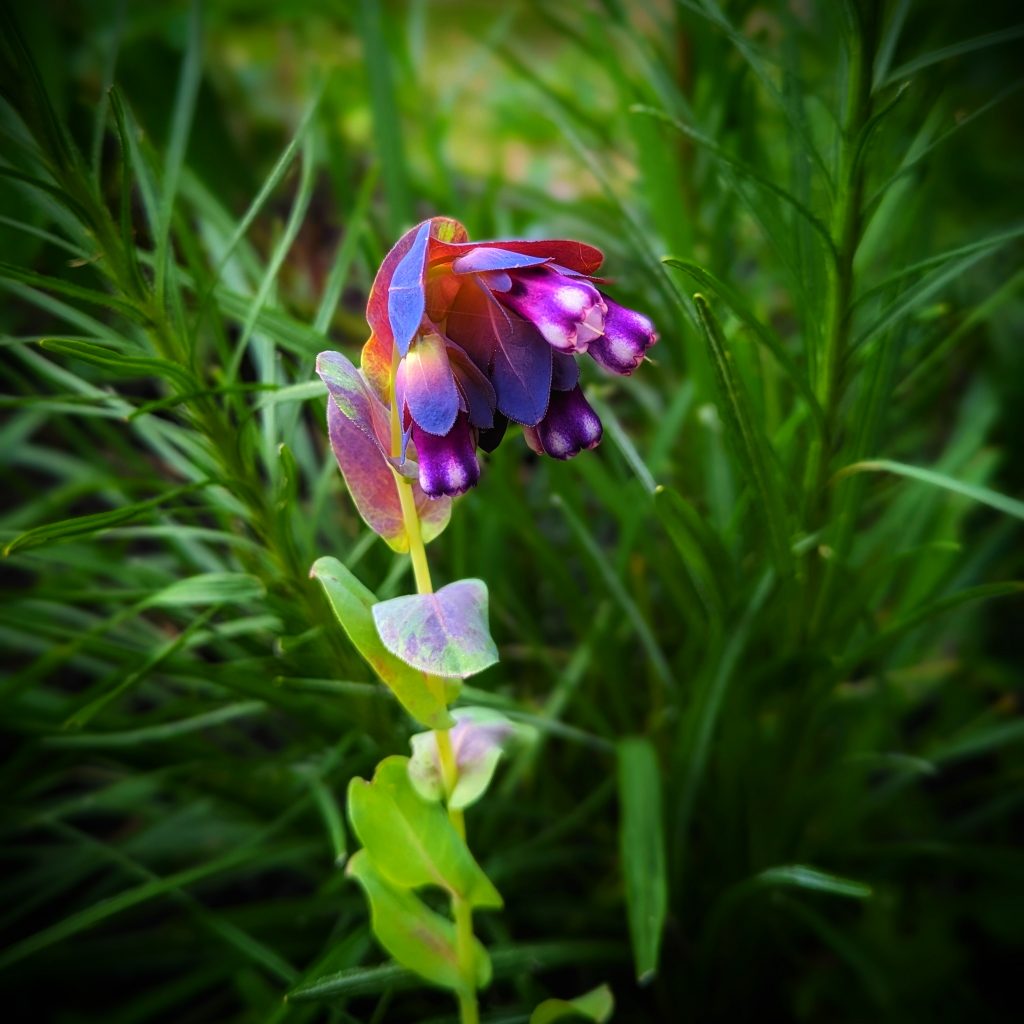
You had me at bells!
What is it with Bell shaped flowers? We love them dont we? Theres a purity to them, a child like innocence. Maybe thats because we are so used to seeing them in nursery rhymes and fairytales…look at Thumbelina, Tinkerbelle, the secret garden, Alice in Wonderland-Bells all over the place! –Bluebells, Foxgloves, Cup and Saucer vines, Campanula, every fairtale or childs story you’ve ever loved is scattered with them!
They somehow invoke the child in each and every one of us, I believe we are almost pre-programmed to adore them…and we do! And why shouldnt we? they’re fabulous!
History Time!
Cerinthe major ‘Purpurascens’ or ‘Honeywort’, was once believed to be a provider of wax for the Bees…hence the name. Its botanical name Cerinthe also gives a nod to this theory, as the word is derived from the greek word Kerinos meaning waxen.
Cerinthe major is native to southern Europe and has a very old history especially pertaining to the UK. The much respected English Herbalist John Gerard (1545–1612) Wrote in his 1,484-page illustrated Herball, or Generall Historie of Plantes, first published in 1597 of the ornamental properties of Cerinthe.
He Wrote:
Artful gardeners are always on the lookout for wonderful new plants to enliven beds and borders. Indoors or out, arranging colorful combinations is greatly simplified when we use quantities of long bloomers, plants whose good looks hold for months on end. A recent returnee to the garden scene, Cerinthe major ‘Purpurascens’, is exactly the sort of tireless worker we need. Commonly called honeywort, this borage relative offers handsome foliage and stunningly colorful bracts that long outlast its small flowers.
Like its kitchen cousin, honeywort’s flowers are tubular bells of intense blue or purple, delicately scalloped and lined in cream. The bells are clustered in twos and threes, each group nesting inside brilliantly blue bracts like overlapping fish scales. The true leaves are rounded like grapefruit spoons, lustrously grey_blue in color and as fleshy in texture as a succulent. The new growth is strikingly stippled with creamy stripes and flecks which fade to a subtle marbling as the leaves mature.
Cerinthe Major Height and Spread
Following on from the delightful description of Cerinthe from John Gerard, here are some handy measurements!… Cerinthe Major can reach heights of around 60cm and a spread of roughly 45cm.
Will CeriNthe Self Seed?
Yep! You may find the following year that little bells pop up in the same spot!
Planting Ideas For Cerinthe Major
Perfect for filling gaps in beds and borders, wonderful in Cottage gardens and urban gardens alike. Also perfect for container gardens and small outdoor spaces like balcony gardens.
8 Wonderful Reasons To Grow Cerinthe Major in Your Garden
- Bees love them! Cerinthe brings the pollinators!
- Relatively drought tolerant, but will perform best with frequent watering
- Repeat blooms! Just keep on top of the deadheading to encourage new growth
- Generally pest Free! I dont know why, but Slugs dont seem to bother with them?!
- Non Toxic, perfectly safe for animals
- Easy to grow, Easy to maintain!
- Make Wonderful Cut Flowers!
- Beautiful!
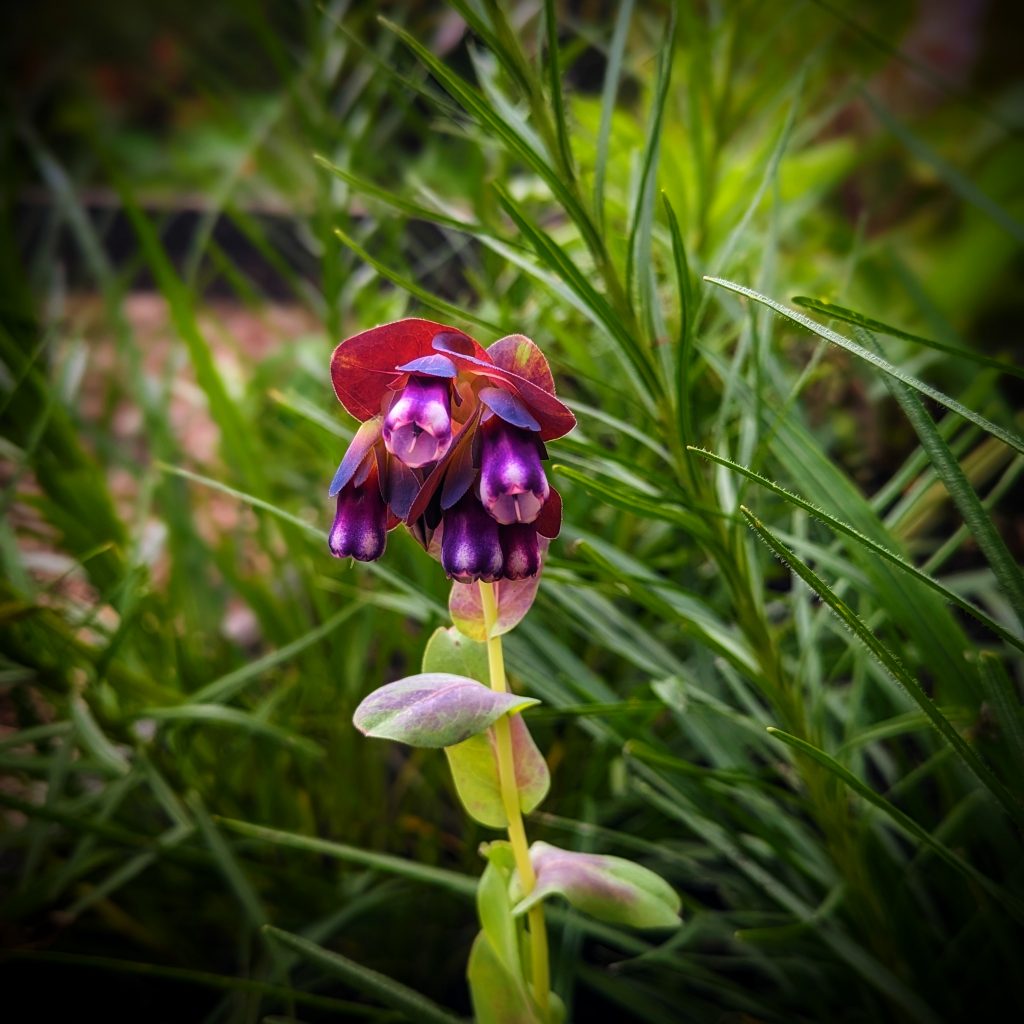
How To Grow Cerinthe Major
First you’ll need seeds…
Buy CERINTHE Major (PURPURESCENS) – Honeywort
Sow Indoors
- Sow Cerinthe indoors from February to May.
- Soak Seeds for 12-24 hours befor sowing
- Sow in pots, modules or trays in a good quality compost at a depth of 1/2 cm
- Cover with a propogator lid or polythene bag and place on a warm windowsill
- Try to keep the soil damp but not wet
- Germination should occur within 5-21 days. Remove cover once seedlings emerge
- When Seedlings are large enough to handle, pot on into individual pots or modules.
- Plant out once all risk of frost has passed, 20-30cm apart in a full sun spot** Be sure to harden off indoor raised seedlings first
What Does Hardening Off Mean?
Plants raised indoors or in a greenhouse environment, need to be acclimatised to cooler temperatures and increased air movement for about two to three weeks before they are planted outdoors permanently. This is a ‘toughening up’ practice to prepare the plants for their new environment.
How to Harden Off
Place your plants out for a couple of hours in a shady part of the garden. The next day, leave them out again for two hours, but this time allow the plants an hour of direct sunshine in the morning. Gradually continue to increase the length of time the plants are in direct sunshine over the course of roughly two weeks.
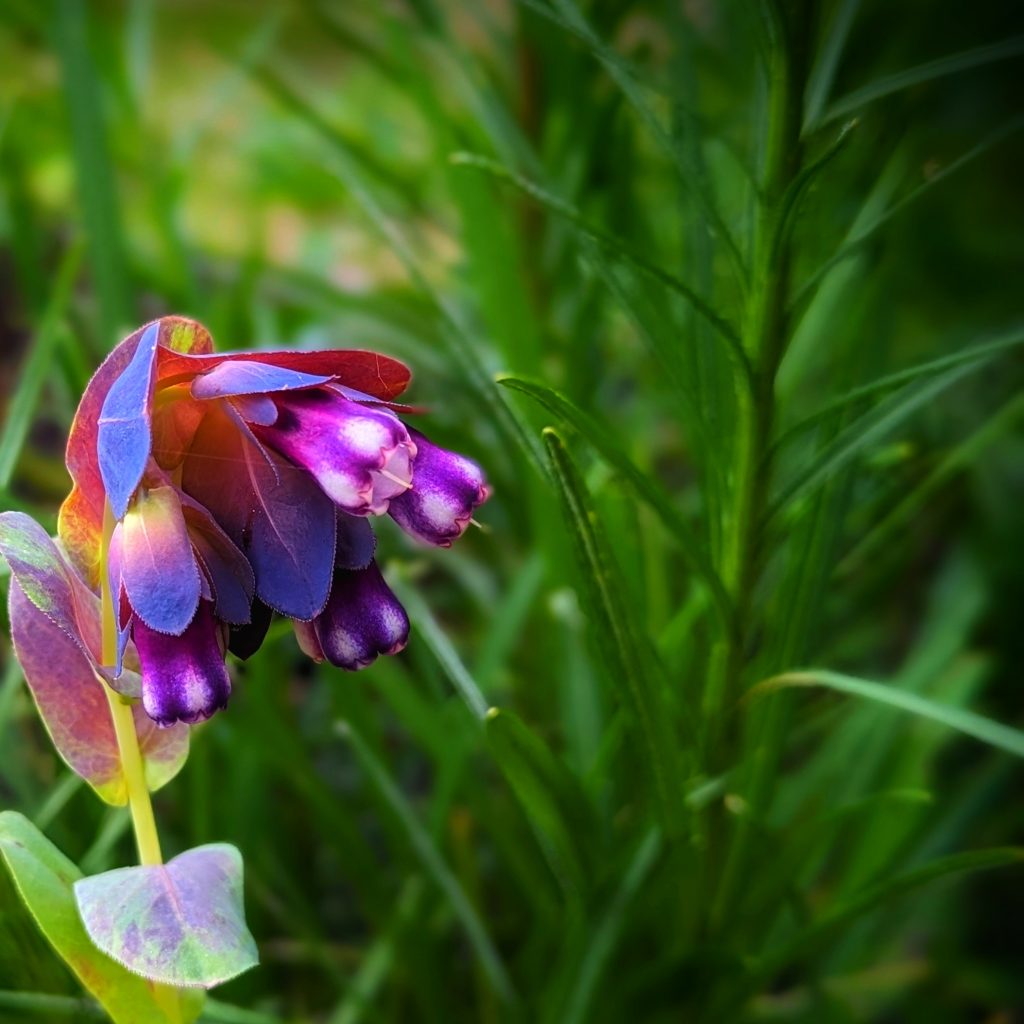
Sow Direct Outdoors
- Direct sow Cerinthe seeds outdoors where they are to grow from April to May or alternatively September to October for flowers the following year.
- Soak seeds for 12-24 hours before sowing
- Pick a full sun spot on well drained soil
- Rake to a fine tilth and sow seed seeds thinly, at a depth of 1/2 cm.
- Water regularly, especially during periods of drought.
- When seedlings are large enough to handle, thin them out to roughly 20- 30cm apart.
Cerinthe water and Sun Requirements
Cerinthe need a well-drained soil, in a full to part sun spot. Water moderately. Cerinthe likes a moist soil, but not soggy!
Cerinthe Care
Once flowers are spent, keep on top of the deadheading to encourage new growth and repeat blooms!
Love To Grow Flowers? CHECK OUT THESE POSTS…
- How To Grow Lobelia
- How To Grow Liatris Spicata
- How To Grow Cirsium Rivulare
- How To Grow Delphiniums
- How to Grow Dahlias
- How To Grow Sweet Pea
- How To Grow Snapdragons
- How To Grow Cosmos
- How To Grow Verbena
- How To Grow Erica Carnea
CREATING A GARDEN ? TAKE A LOOK AT THESE FRUGAL DIY POSTS…
- DIY Potting Shelter
- DIY Potting Shed Made From Doors!
- Free Greenhouse Makeover!
- 10 ways to create a vertical Garden
- DIY Potting Bench From Scrap Materials
- How to Build a Bee hotel from Pallet wood
- How To Make A Rustic Fence with Tree Branches
- DIY Free Crazy paving Path
- How To make a garden arch with tree branches
LOOKING FOR MORE ‘HOMELY’ INSPO ?
Have a Nosey Around the Blog! See what i’ve been Baking, Growing and Brewing! Also, pop over and say Hi on Instagram


